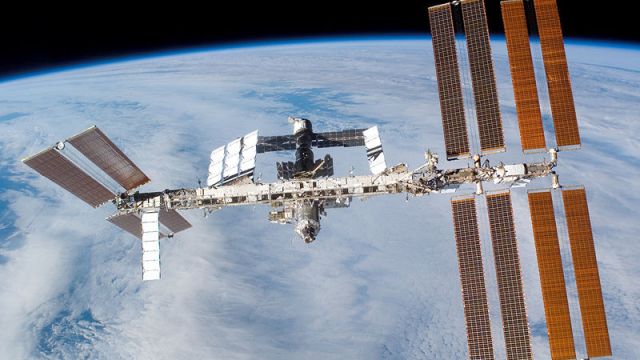Clock Ticking for Mars Mission

What’s the Latest Development?
N.A.S.A. and the European Space Agency (E.S.A.) want to send an orbiting satellite to the Red Planet in 2016, followed by a large rover two years later, but unless solutions are found to current budget problems, the space agencies may miss their launching opportunities. “Europe does not have all the money it needs to do the missions, but anxiety has been heightened in recent days following the inability once again of N.A.S.A. to make a full commitment to the ventures.” Some think the agencies should seek external financing.
What’s the Big Idea?
Without financial guarantees from N.A.S.A., the E.S.A. is unwilling to commit the large sums necessary to develop a Mars orbiter. One solution to the impasse is to ask the Russians for money. In return, their scientists would be given a role in engineering and planning the projects. “More likely, however, is a de-scoping option that drops the plan for a landing demonstrator on the 2016 mission.” Dr. David Parker, director of the U.K. Space Agency said: “The frustration is that we are very close to getting what we want, but we have to resolve this budget situation and soon.”





